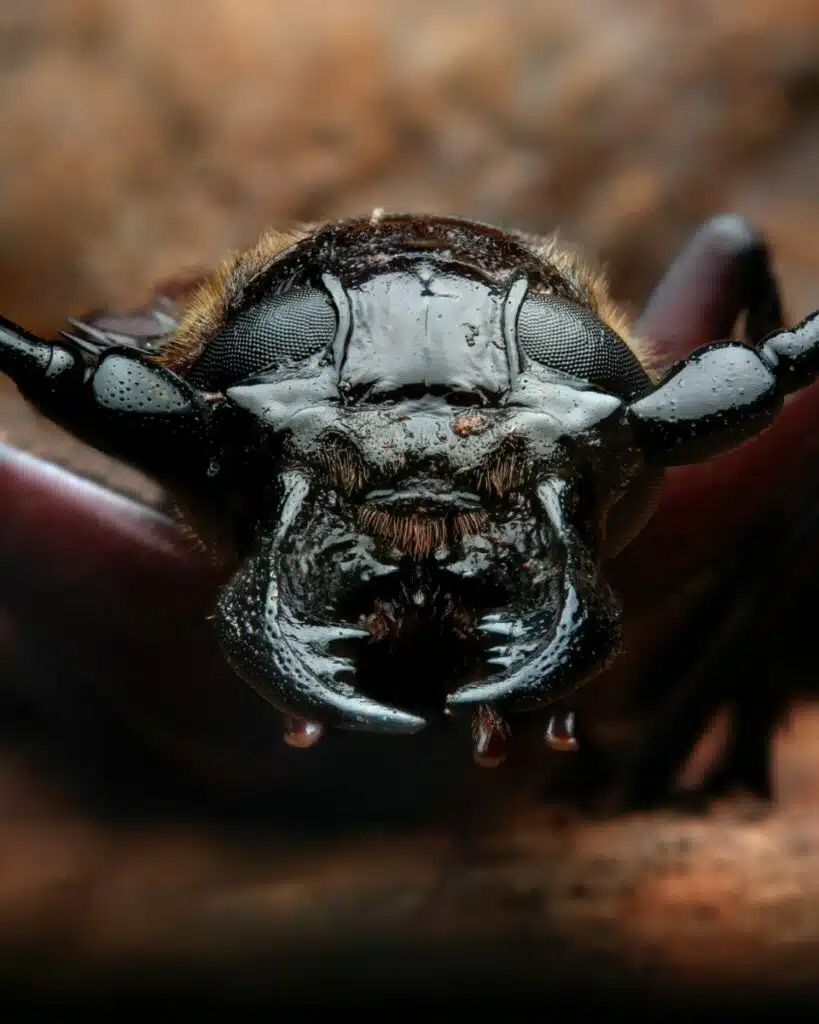Water bugs are aquatic insects that prefer to dive where there is no light. It is because they primarily prey on other insects that live in water and prefer to remain hidden.

Notably, this aquatic insect is very common around the globe, especially in densely populated areas with humidity and stagnant water. Another reason these bugs are so prevalent is that they can survive even in the most intrusive conditions.
Since water bugs eat mosquito larvae, homeowners might temporarily want them in their pools. However, homeowners need to be aware that once they’ve made a home somewhere, it becomes challenging to remove them. Standard pest control methods will not be not sufficient, they require special considerations for their removal.
If you have landed on this page, you must be curious about what water bugs are. Or, you must be an Entomology student. Otherwise, you are probably facing a Water Bug infestation in your home or pool. Hopefully it is not the latter, but whatever the reason might be, this article has everything you need to know.
Let’s begin!
What Are Water Bugs?
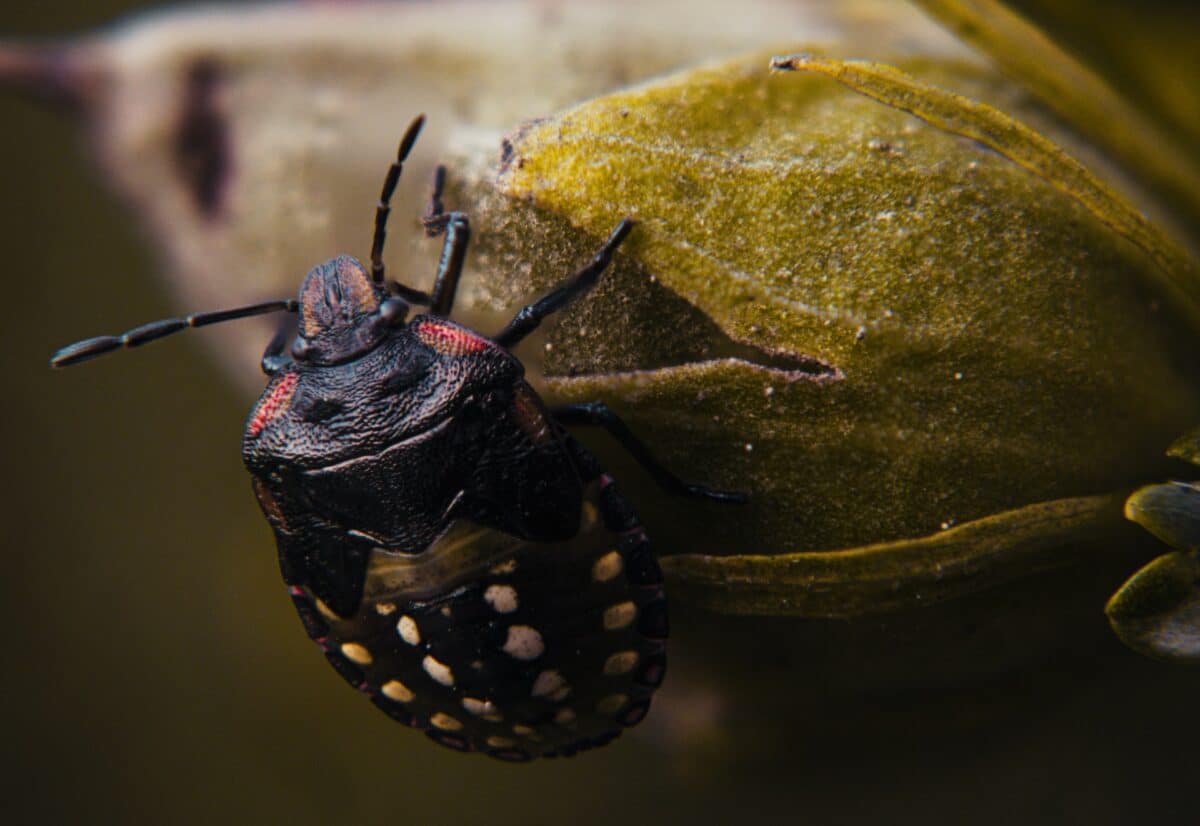
Water bugs are a type of insect that lives in or near water. They belong to the family Belostomatidae, which includes several genera, such as Bolostoma, Nephus, and Lethocerus. These insects have flattened bodies, which helps them swim effortlessly through the water.
These bugs are found throughout North America and Europe. There are more than 200 species of water bugs in North America alone. You can find water bugs nearby lakes, ponds, and in slow-moving streams or rivers. Their bodies are specifically adapted for swimming: two pairs of wings held flat over their back like paddles while they swim.
They eat other insects they catch while swimming and walking in the water or on land surfaces around bodies of water. They also eat small fish and tadpoles when available but tend to stay away from larger fish or frogs.
Some types of water bugs have large jaws on their heads to bite their prey before sucking out their insides using a tube called an “osmophore” that extends from their mouths into their stomachs. This method of feeding is known as “predatory suction feeding.”
The scientific name for water bugs is the “Corixidae family,” but they have many other names, including:
- Toe Biters
- Water Boatmen
- Water Scorpion
- Corixids
- Water Bug
Where Do They Live?

Typically water bugs live in bodies of water such as ponds and lakes, but they also live in streams and rivers. Some species live on land, while others live under logs or rocks in damp places or under bark on trees.
The bugs breathe through gills as fish do, so they cannot live far from water sources. Some species can survive for up to two days without water by hiding under rocks or logs during dry periods when no rainwater is available for them to drink.
What Do Water Bugs Look Like?
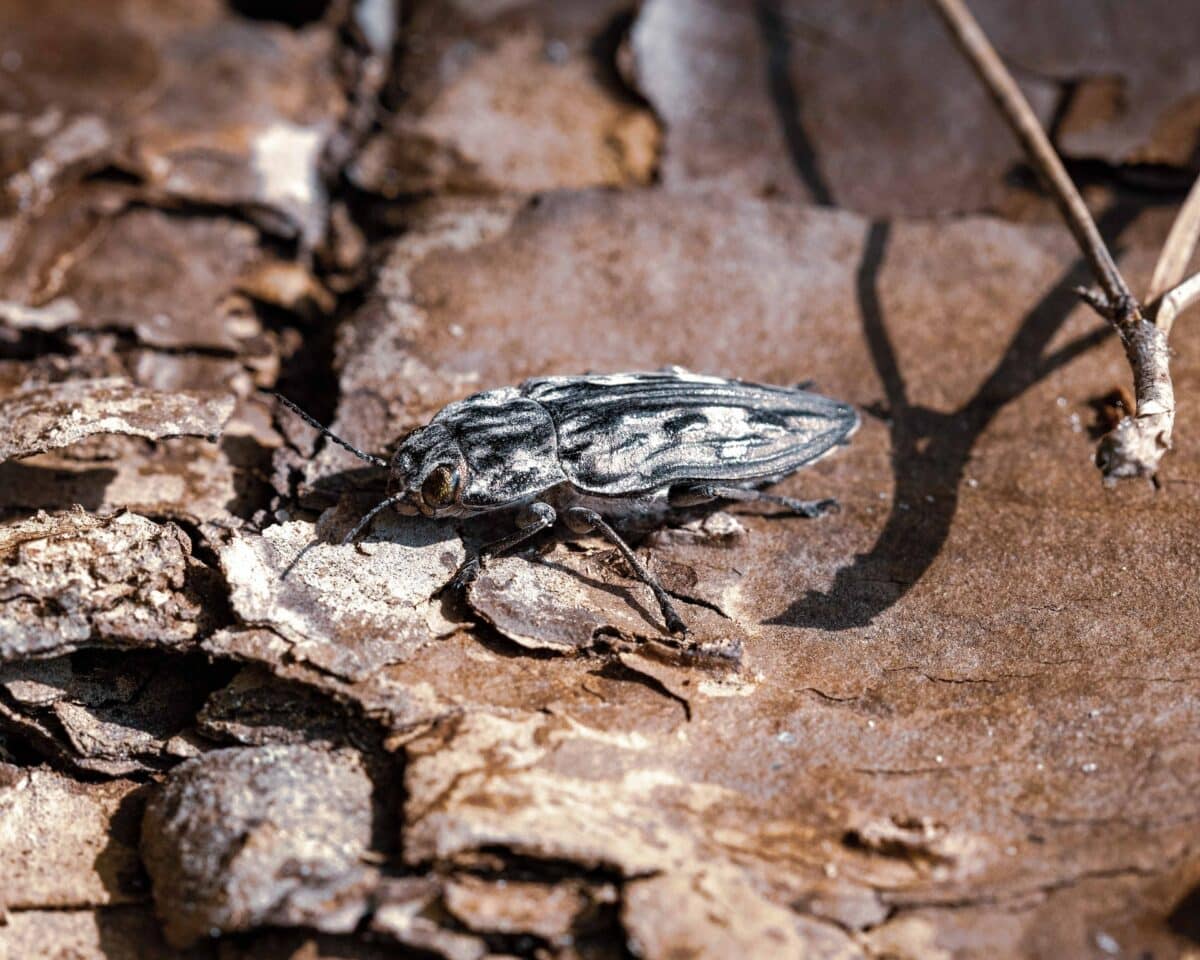
Water bugs are also known as dobsonflies and fish flies, but they are neither true bugs nor flies. Each of these insects has three pairs of legs and one pair of wings. The hind wings are thickened at the base and folded over the body when the insect is not flying.
Water bugs’ size ranges from a few millimeters long to more than two inches. They can be distinguished from other aquatic insects by their prominent eyes. These large eyes give water bugs excellent vision in low-light conditions and make them very efficient hunters at night.
Moreover, water bugs have large heads and long legs that help them quickly swim through the water. They have a hard covering called an exoskeleton that protects them from predators while they are out of water for extended periods.
Also, this hard covering helps to save water bugs from drying out when they are out of water for extended periods. It has also been observed that some species have an extra layer of waxy tissue under their exoskeleton, keeping their bodies moist even when not submerged in water.
Water bugs have wings but only use them as part of their mating rituals or as a way to escape predators – if attacked on land by birds or other animals. Most species do not fly very well because their wings are too small or underdeveloped for flight purposes. Some species may be able to fly short distances, but only if there is enough wind blowing across their wings for them to take off into flight mode.
Water Bugs’ Behavior
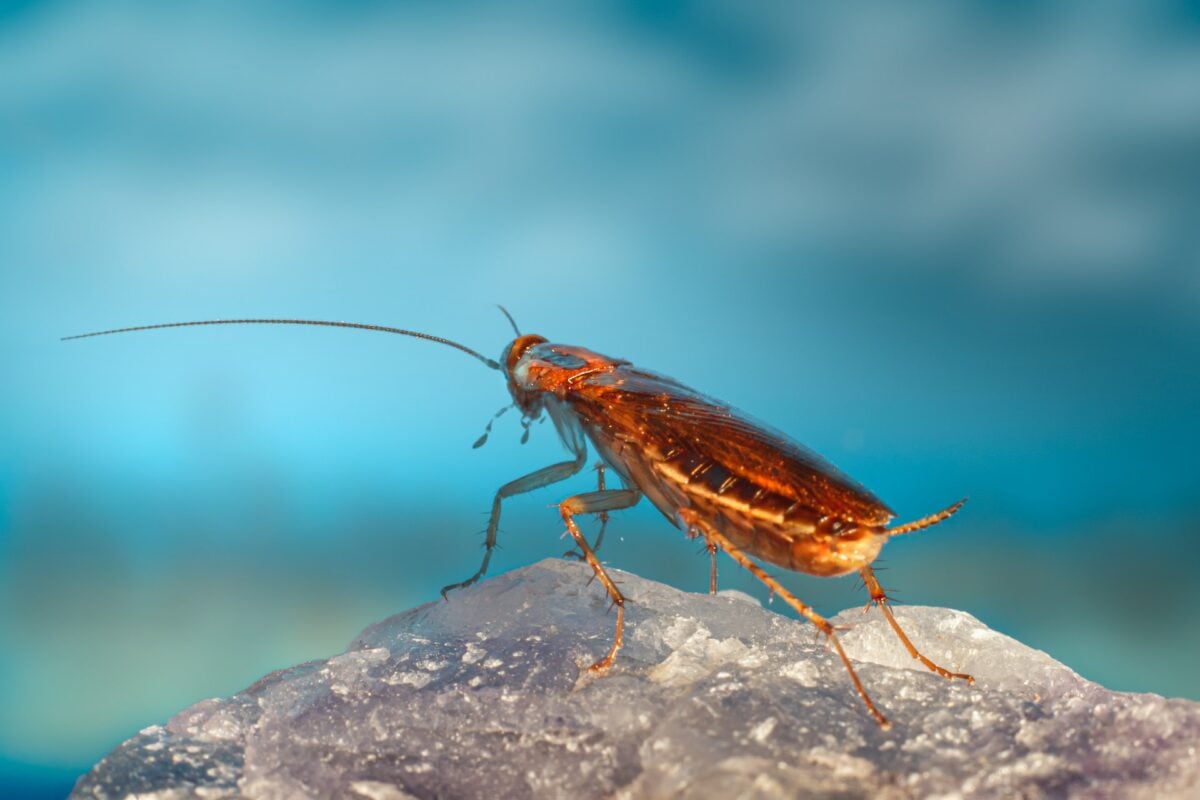
Water bugs behave similarly to beetles, but only if they live in water. Sometimes water bugs are called “toe biters” because they often bite human toes. They are usually seen in warm water areas like swamps and ponds. Water bugs become active at night but can be found during the day if their hiding places are disturbed.
These bugs are attracted by light and sometimes enter houses through open doors or windows. They may be mistaken for cockroaches or locusts, but all three belong to different families of insects.
You will be amazed to know that water bugs do not live in the water year-round; they move into buildings during warm summer when their typical habitat dries up. They like damp areas such as basements and crawl spaces that are cool and moist.
What Do Water Bugs Eat?
Water bugs eat various foods, including small insects such as mosquitoes, flies, snails, and other water bugs. A few species feed on dead animals in the water or on plants along the shoreline.
Some species, such as Belostoma flumineum, have adapted to an entirely aquatic lifestyle, eating tadpoles, fish, and salamanders and never leaving the water except to breed and lay eggs.
Types Of Water Bugs
The most common types of water bugs include the giant water bug (Belostoma) and the backswimmer (Notonecta).
#1 Giant Water Bug
The giant water bug is a large insect up to 2 inches long. It has a flat body with long legs and antennae. Its head is triangular with bulging eyes and two long mandibles that protrude from its mouth like fangs.
These creatures are generally brown or black, but some species have brighter colors like red or green. They live in ponds and other bodies of water where they catch their prey by diving into the water and swimming after their prey.
Water scorpions (Nepidae) are also known as “toe biters” because they bite people’s toes while swimming or bathing in shallow waters. It can cause pain, swelling, itching, and irritation at the bite site, but it’s not dangerous unless you’re allergic to their saliva.
#2 Backswimmer
The backswimmer is a type of water bug known as the water treader. It has two long hind legs, which aid its swimming, and the front legs are longer than its middle legs. The backswimmer’s body is flattened and has a massive head in relation to its size.
A backswimmer is often confused with the water boatman because of their similar appearance. However, the backswimmer has a triangular head, whereas the boatman has a rounded one. Backswimmers have large eyes that face upward on their heads to see above the water’s surface when they swim around looking for food or mates.
Also, backswimmers have wings that fold up tightly against their bodies when not in use, and this allows them to swim better through tight spaces like pipes or drains in your house. Their bodies are usually brownish-gray, but sometimes they can be yellow or greenish-yellow colored as well.
The Life Cycle Of A Water Bug
The life cycle of a waterbug is relatively simple. They pass through four stages in their life cycle: egg, nymph, adult, and dead.
Stage 1 – Egg
The life cycle of a waterbug begins with an egg. The female water bug lays her eggs in the water. Sometimes, she will lay them on plants or other objects near the water. She can lay hundreds of eggs at one time.
Stage 2 – Nymph
Afterward, the water bug egg hatches into a nymph, which resembles a miniature version of an adult water bug, except that it does not have wings yet. So that it can grow and develop properly, a nymph must eat at least three times its body weight within its first three days of life.
It is significant to note that the nymph spends most of its time consuming and growing but also needs to molt (shed its skin) several times before becoming an adult.
Stage 3 – Adult
When the nymph is ready to change into an adult, it leaves the water. It climbs onto land or vegetation, where it can continue feeding until it completes its final molt and becomes an adult. The male adults usually live for only one year, but the females may live for up to three years before mating again and laying eggs.
Stage 4 – Death
After the adult stage is over, the waterbug dies. When an adult male or female dies, it becomes food for other animals in the pond or lake where it lives.
Interesting Facts About Water Bugs
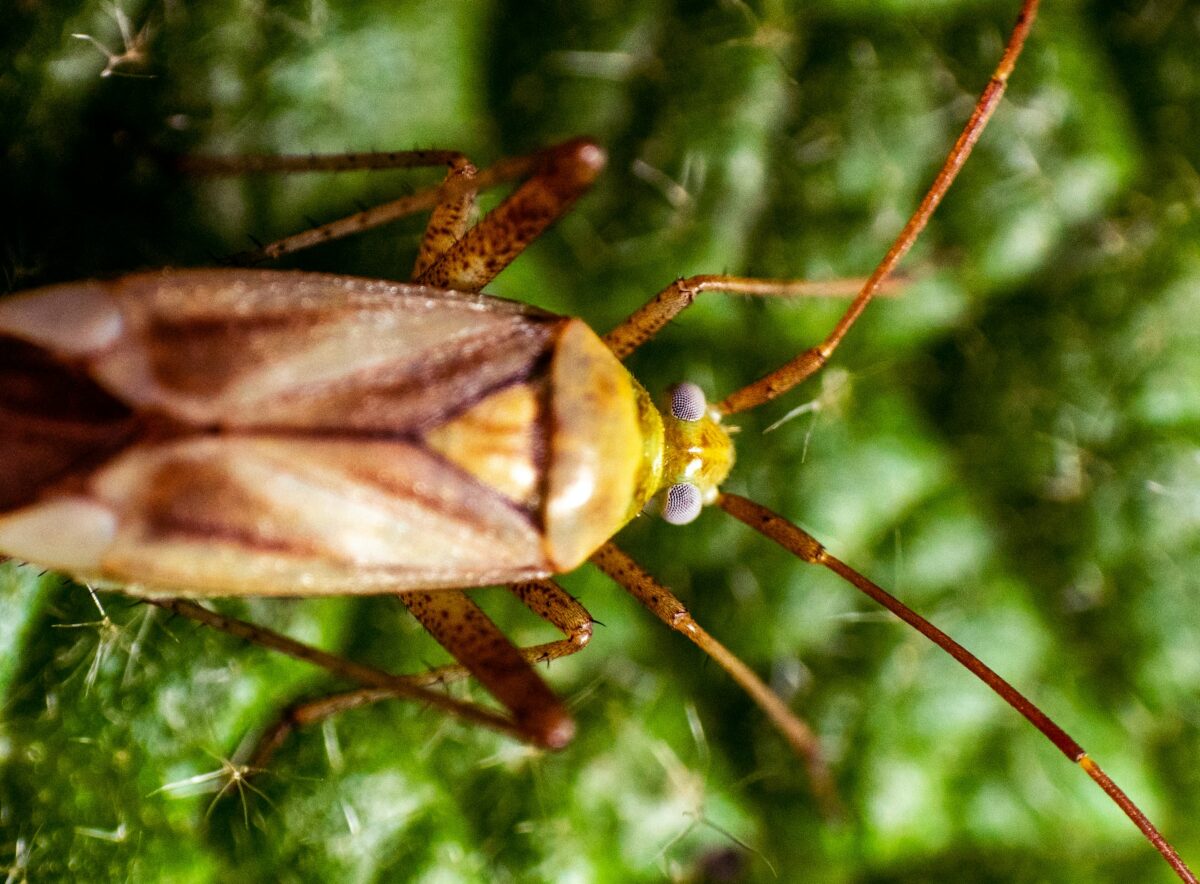
#1
Water bugs are definitely fascinating aquatic insects. Apart from its appearance, what makes this an interesting insect? Here are ten facts about the water bug that we bet you didn’t know!
#2
Water bugs aren’t bugs. They’re called water bugs because they look like bugs, but they’re actually beetles! The order Hemiptera includes both true bugs and water bugs.
#3
Some water bugs, like giant ones, have venomous mouthparts that inject paralyzing toxins into their prey’s tissues before they eat it whole!
#4
Most species have flattened bodies with long legs that help them swim quickly through the water. They also have wings that allow them to fly over land and water. However, their flying abilities vary greatly between species – some can’t fly at all.
#5
Some water bugs can fly for hundreds of miles looking for food or mates. It usually takes flight over bodies of freshwater such as lakes, rivers, or ponds where there is plenty of food available.
#6
Water bugs come out at night because it’s easier for them to find food then — they mainly consume insects attracted by the light from windows or porch lights.
#7
The aquatic nymphs don’t have wings or eyes until they reach adulthood.
#8
Some species are nocturnal hunters, while others are active during the day.
#9
Water bugs have a grasping tail that helps them hold onto rocks and other surfaces when they are out of the water.
#10
Female water bugs can lay up to 100 eggs at one time!
How Do I Get Rid Of Them?
You can treat water bug infestations by using certain pesticides or insecticides to kill them. However, water bug infestations can also be controlled by following proper sanitation techniques around the home. This includes keeping food covered when not used or keeping areas clean with cleaning products containing vinegar.
Moreover, to get rid of these pests, a pest control professional must first locate the source of the problem and treat it. The best way to do this is by using a unique tool called a “sniffer.” This device is used to detect where the pests are hiding and feeding. Once they’ve been located, you can apply an insecticide directly to them.
Water bug extermination should always be performed by someone who knows what they’re doing. If you try to do it yourself, you could make things worse!
Are Water Bugs Dangerous?
Water bugs can be dangerous to humans if you get bitten by one. If this happens, you should contact a healthcare expert immediately. The water bug’s bite can cause pain, swelling, and itching at the bite site. If you are allergic to mosquito bites, you may experience anaphylaxis, the most severe allergic reaction.
If a water bug bites you, you must cleanse the area with soap and rinse with water as soon as possible after being bitten. It will help prevent infection from developing at the site of the bite. Water bug bites do not typically become infected unless they are scratched or squeezed.
Moreover, you should also avoid scratching any insect bite as this could open up your skin and allow bacteria into your body, causing an infection at the site of your wound. It is best to leave any insect bite alone until it heals on its own so that you do not spread bacteria into your body through your injuries.
Are Water Bugs And Cockroaches The Same?
Cockroaches and water bugs are members of the insect order Blattodea, which is why they’re often confused. However, they are two very different types of insects.
Cockroaches are known for their long antennae and shiny, oval-shaped bodies. They have three pairs of legs on the thorax (the middle section of an insect’s body) and a couple of sensory organs called cerci (tail-like appendages) near the tip of their abdomen.
Water bugs, on the other hand, have short antennae and shiny oval-shaped bodies with a constriction at the end that resembles a shield or head. Water bugs also have three pairs of legs but no cerci at all.
The Final Take
| Key Points |
| Water bugs aren’t actually bugs but they’re called water bugs because they look like bugs, but they’re actually beetles! |
| Some water bugs, like giant ones, have venomous mouthparts that inject paralyzing toxins into their prey’s tissues before they eat it whole. Beware! |
| It is not easy to handle water bug infestations, however, certain strategies can help to get rid of them. |
| The water bug’s bite can be slightly dangerous as it can cause pain, swelling, and itching at the bite site. |
| Cockroaches and water bugs are members of the insect order Blattodea, which is why they’re often confused or considered the same insects. |
At this point, we have presented you with all the answers to your waterbug questions. Waterbugs are fascinating creatures that live in a dark and aquatic world where they encounter several challenges throughout their life cycle. But, of course, life’s complexities may not be all that unusual or challenging for them.
This is due to the fact that they have evolved to handle whatever comes their way, from daring flybys and clumsy swimmers to droughts and floods. Hopefully, this article has already provided ample knowledge on waterbugs and has cleared up any misconceptions or questions about them.
In a nutshell, waterbugs are resilient aquatic insects. They can be fascinating to watch from afar but become a real nuisance when they infest your home. Either way, we can all learn from these creatures, who know that the only way to succeed is to persevere through all obstacles life throws your way.
We hope you’ve enjoyed learning about this fascinating bug that often flies under the radar. If you’re keen to expand your insect-knowledge even further, head over to discover What Crickets Eat.
Join our Forum for free today!


